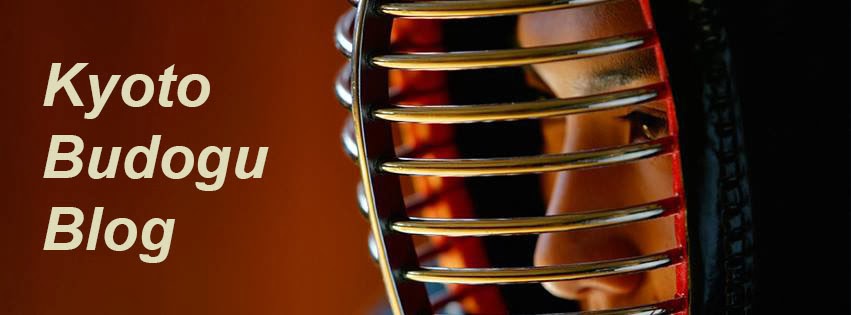I really like hand-stitched Bogu. Actually, I get fixed in admiration every time I see one. From 3.00 Bu, to 0.8 Bu, the craftsmanship always leaves me amazed. It could be that I have never been able to sew anything myself (the good housewife is not exactly my call), but the sheer beauty of the indigo fabrics, stitched so precisely and neatly makes me wish to own a new set every time.
We can discuss the merits of each type of hand stitch: actually, it would not be fair saying that the hard-working craftsman worked wonders completely different from happens with the mm-equivalent machine-stitched futon.
The tighter the stitch lines, the more compressed the padding, the stiffer the futon: this is true both for hand-stitched and machine-stitched Bogu. Nevertheless, hand-stitch futon retains a higher level of suppleness, that makes the Bogu faster to conform to the body of the wearer. I guess no one who experienced keiko with both could argue that.
I still have a beautiful 2mm. machine-stitched Bogu that is as hard as the day I bought it - when I find myself forced to use it, I try to make it more reasonable by placing my Chesterfield armchair on the top of the Mengane. Once I left it like that for three months - still, it did not really improve. From then on, only hand-stitch existed for me.
The problem is that I am spoiled. The Men I wear more often are either hand-stitched or fit-stitched (although I did not know what fit-stitched was when I bought it - I simply needed a new Men, I was in Japan and the top of my Mengane had broken - very intense training at the Summer Leaders` Seminar in Kitamoto , that year). I love hand-stitch Kote and I think they are not only more beautiful, but also more protective and supple.
Fit-stitch is a logical improvement, in terms of suppleness: it is still applied with a machine, but the stitches are longer: again, the padding is less compressed than in the corresponding "traditional" machine-stitched futon, hence the futon is easier to adapt, being "puffier" and softer. My personal opinion? It is certainly an improvement (I think of my Chesterfield armchair finally at peace), but to my eye it looks a bit untidy, if compared to the beauty of the cross-stitches applied manually.
Of course, it is still a matter of personal tastes. The only thing that really counts is that the Bogu fits your size and it is safe and tidy.
Old Bogu can be fascinating, when they discolour nicely - stained Bogu or Bogu going to pieces are a complete no-no (of course you KNOW how to remove sweat/salt stains, don`t you?)
Ageing gracefully (with proper, continuing maintenance) is exactly what life-long Kendo is all about.
Looking like tramps in the dojo, not so.
 |
| A Chesterfield armchair - a necessary piece of furniture for each kenshi. |












.png)








